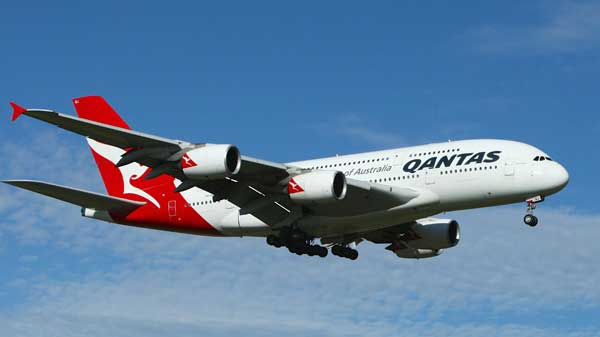Airbus A380 faces tumultuous 2025 as reliability issues ground iconic jets

[Photo of an Airbus aircraft. Photo credit to Pexels]
The Airbus A380, once lauded for its engineering prowess, is now prompting mounting concern among operators as a series of failures disrupt flights across the globe in 2025.
Airlines had anticipated that post-pandemic demand would rejuvenate the superjumbo, but recent events and official data reveal escalating problems.
In May 2025, a Qantas A380 flight departing from Singapore Changi Airport was delayed for over 24 hours due to a critical fuel pump malfunction.
As a consequence, hundreds of passengers were accommodated in nearby hotels while repairs were undertaken.
This was the second such fuel pump issue for Qantas this year, underscoring ongoing difficulties with part availability and maintenance of the aircraft.
Between June and July 2025, a British Airways A380 remained grounded at Manila’s Ninoy Aquino International Airport for more than 100 days due to mechanical and electrical faults.
Officials cited challenges in obtaining specialized components and skilled technicians. After returning to service, the aircraft operated on a severely reduced schedule, flying only seven times in the following month.
On June 28, 2025, an Emirates A380 experienced a failure of its far-left Rolls-Royce Trent 972 engine while en route from Dubai to New York JFK Airport, necessitating an emergency landing.
Despite operating safely on three engines, the aircraft was grounded in New York for a week pending engine replacement and comprehensive inspections.
The A380’s unique parts compatibility further to maintenance procedures, exacerbating disrupting schedules and passenger itineraries.
The European Union Aviation Safety Agency (EASA) issued over two dozen Airworthiness Directives for the A380 in 2025 alone.
These directives address issues from emergency slide leaks to structural damage in landing gear components.
Airworthiness Directives (ADs) are official regulations issued by the FAA under 14 CFR part 39 that require mandatory actions to fix safety issues in an aircraft or related product.
According to EASA, A380s received nearly twice the number of safety mandates as comparable Boeing jets this year, underlining the technical challenges faced by operators.
Maintaining the A380 is both financially burdensome and logistically complex.
The A380's immense size and technological advancements make it an incredibly complex aircraft, and over 20 years after its first flight, airlines are feeling the pain of that complexity.
Numerous components are out of production, forcing airlines to salvage components from retired aircraft to keep others flying. A full “D-check” overhaul can cost upwards of $25 million and require thousands of labor hours.
The Airbus A380, the world’s largest commercial passenger jet once hailed as the future of air travel and enjoying an unexpected resurgence after the pandemic.
However, eventually, Airbus ended production of the A380 in 2021, recognizing that many airlines considered it too large, costly, and hard to operate profitably.
During this period, Boeing faced a series of setbacks with its 787 Dreamliner, including problems with composite materials, supplier coordination, and even global groundings caused by battery fires.
This period of Boeing's struggles allowed Airbus to clearly take the lead in commercial aviation deliveries and profitability until recently.
Yet as recurring malfunctions and costly repairs accumulate, the model has become an increasingly expensive headache for airlines due to significant reliability issues and mounting maintenance costs.

- Junyi Seo / Grade 11
- Seoul Academy

![THE HERALD STUDENT REPORTERS [US]](/assets/images/logo_student_us.png)
![THE HERALD STUDENT REPORTERS [Canada]](/assets/images/logo_student_ca.png)
